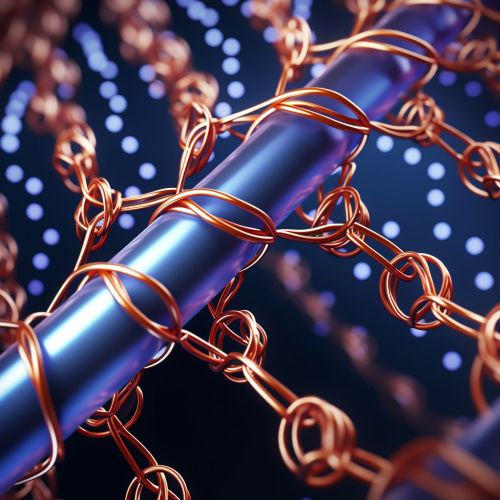Proton pump
Overview
A Proton pump is an integral membrane protein that is capable of moving protons across a biological membrane. Protons are positively charged subatomic particles that are found in every atom. The movement of protons across biological membranes plays a critical role in the physiology of cells.
Function
Proton pumps function to maintain the acid-base balance in the body and to help transport substances across membranes. They are essential for many cellular processes, including the synthesis of ATP, the main source of energy in cells, and the maintenance of the electrochemical gradient across the cell membrane.
Types of Proton Pumps
There are three main types of proton pumps: V-ATPases, P-ATPases, and F-ATPases. Each of these types of proton pumps functions in a slightly different way and is found in different types of cells.
V-ATPases
V-ATPases (vacuolar-type ATPases) are found in many different types of cells and are primarily responsible for acidifying intracellular compartments, which is necessary for processes such as protein sorting and zymogen activation.
P-ATPases
P-ATPases (plasma membrane ATPases) are found in the plasma membrane of cells and function to pump protons out of the cell. This is important for maintaining the pH balance of the cell and for the regulation of cell volume.
F-ATPases
F-ATPases (F1F0 ATPases) are found in the mitochondria of cells and are involved in the synthesis of ATP. They function by using the energy from the flow of protons across the mitochondrial membrane to drive the synthesis of ATP.
Proton Pump Inhibitors
Proton pump inhibitors (PPIs) are a group of drugs that reduce the production of acid in the stomach by binding to the proton pumps. They are used to treat conditions such as gastroesophageal reflux disease (GERD), peptic ulcers, and Zollinger-Ellison syndrome.
Role in Disease
Abnormalities in proton pump function can lead to a variety of diseases. For example, mutations in the gene that encodes for the a subunit of the V-ATPase can lead to a form of distal renal tubular acidosis, a condition characterized by the inability of the kidneys to properly acidify the urine.


